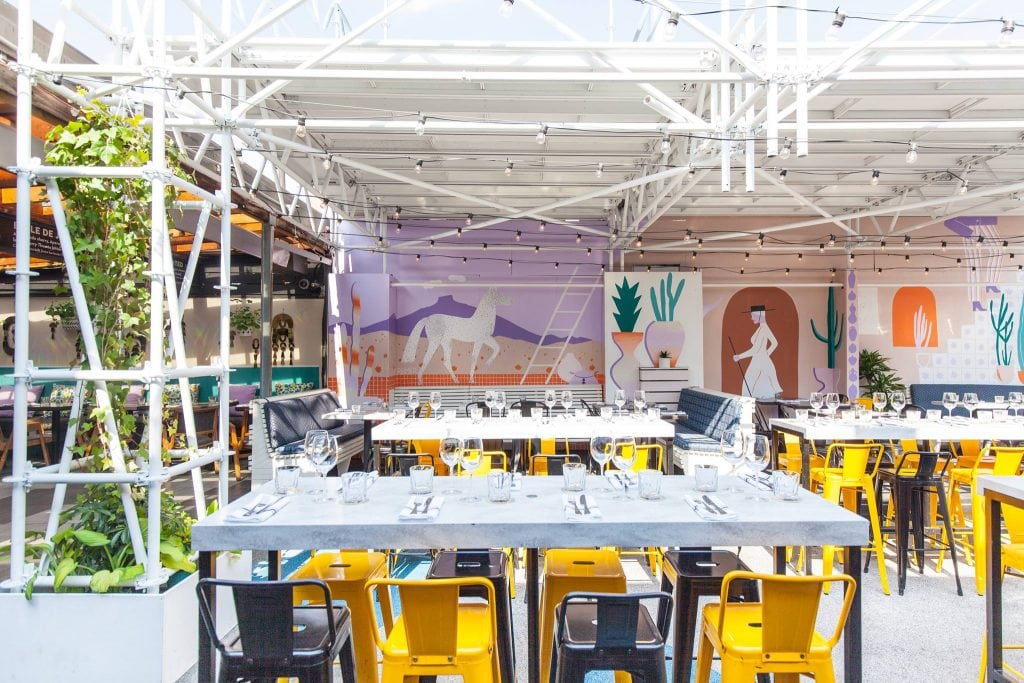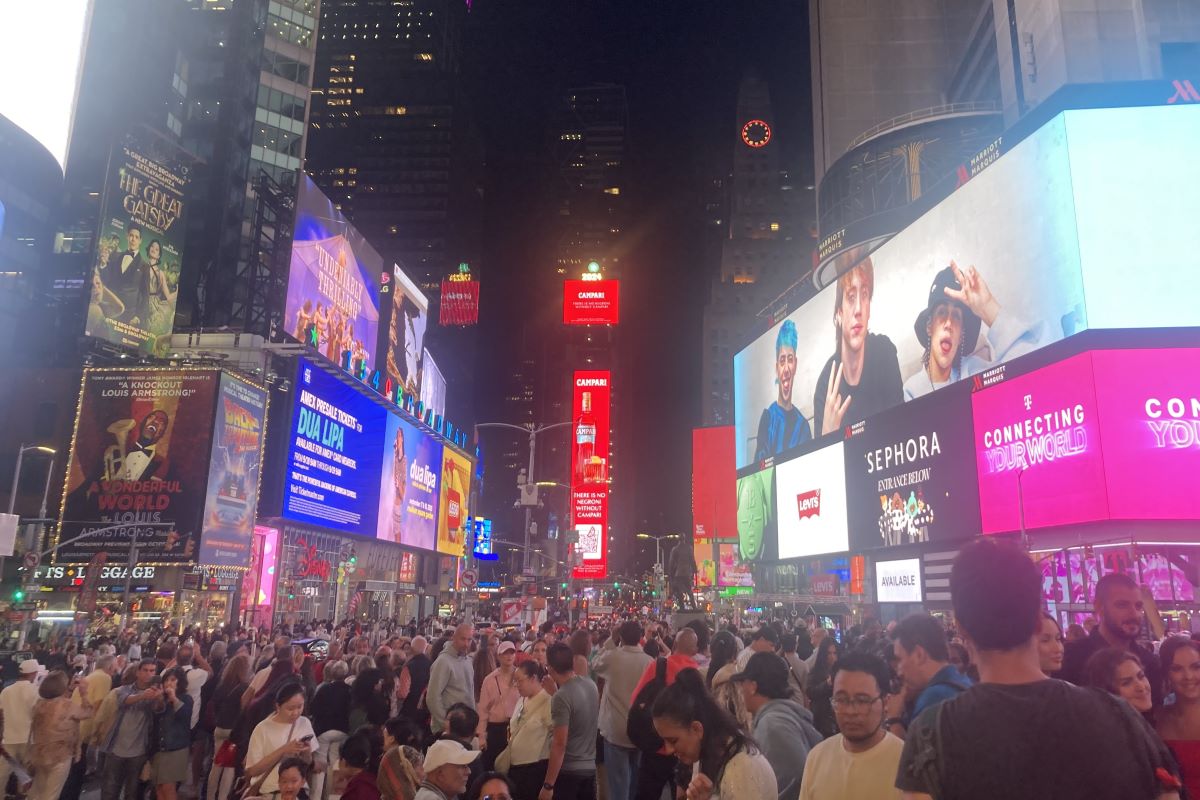High-End Hotels Can Use Art for the Bottom Line’s Sake

Skift Take
In times of yore, many hotels used art as the visual equivalent to Muzak. But in today’s Instagram world, the curation of hotel artwork is much more deliberate, as properties try to project their personalities onto the crowded canvas of the guest experience.
According to expert curators, art placed throughout the hotel, from the lobby to guestroom corridors to the rooms themselves, can serve multiple purposes. It can help sculpt brand image or further claims to a local provenance. Moreover, art collections can create conversations, along with responding to the desire of guests to project who they are by where they stay.
For Mia Nielsen, the art curator at The Drake in Toronto, the process of selecting art should begin by asking, “What kind of experience do you want to create for your guest? Is it something connecting to the local environment or broader conceptual ideas?”
At The Drake, hotel art “can be an essential way to celebrate what is going on locally, especially for travelers, who get an entry point into what’s happening locally,” Nielsen said. “There are real opportunities to build audiences at a local level through art.”
The Drake caters to residents by “creating a new context for them to think about how the art produced locally fits into a bigger cultural conversation,” Nielsen added.”
On the other hand, properties in the 21c Museum Hotels collection (which AccorHotels recently bought) take a more global approach.
“Art isn’t just integrated in 21c, it’s our whole reason for being. The vision was to develop a multi-venue museum, a holistic institution with 80,000 square feet of exhibition space across eight hotels,” Alice Gray Stites, the company’s chief curator and museum director, said.
The art selected for rotating public exhibitions “reflects what is going on in the world, and is designed to promote conversation and connection,” Gray Stites said. However, as a nod to the hot hospitality mantra of local, local, local, each guestroom floor sports a specially designed alcove adjacent to the elevators showcasing the work of area artists.
The right art can further the guest experience at all kind of hotels, from lifestyle brands to more traditional properties.
“Having unique and intriguing local art with a story adds to a memorable guest experience in the hotel, which is essentially what lifestyle hotels strive for, but can be equally applied to traditional branded hotels, too,” Nancy Sweeney, principle at Vail, Colorado-based Art Advisory Service, said.
When incorporating local themes, however, Gray Stites warns against “being too literal. Be cautious about being too kitschy. You can use art to tell the local story, but do it in a sophisticated, understated way.”
Beyond establishing local credentials, Sweeney, whose firm has worked with Rosewood, Ritz-Carlton and Four Seasons, believes “artwork helps each brand create its own identity and maintain brand standards.”
If a hotel is using art to convey the brand message, Gray Stites advises considering how the mission of the hotel intersects with the theme of the artwork. Sweeney adds that the property should select art to reflect its clientele.
Both curators agree it’s important take some risks.
“By selecting original multi-media, three-dimensional, commissioned works that are singular, you create Instagrammable moments” that can “show clients how innovative you are,” Sweeney said.
Gray Stites adds, “Don’t underestimate your audience. People like to be challenged. When they see places and faces unfamiliar to them, it provokes curiosity and empathy. There’s a hunger for people to connect to new ideas through art.”
As hotels ponder beefing up their art menus, it’s also important to “define the key sightlines and spaces in the hotel,” according to The Drake’s Nielsen.
As they select art, hoteliers should “take a volumetric, spatial approach rather than focusing on flat walls. Walk through spaces and consider how a guest can interact with art to create moments of surprise and wonder.”
No matter the approach, the bottom line is that art is not only an investment in aesthetics, but also in, well, the bottom line.
“If you find work that people connect to, that is iconic, it will get tagged in social media,” Sweeney said. “There’s your free marketing. And that’s how you can justify budgeting more money for art.”




